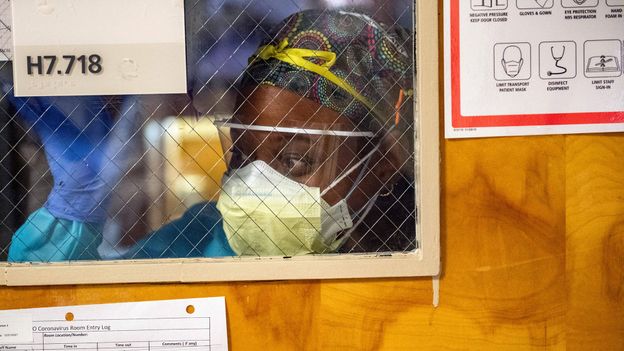What are the symptoms of JN.1 and KP.2
The version of the Covid-19 virus behind the latest spike in infections shares many of the same symptoms as earlier variants of Sars-CoV-2 : a sore throat, fatigue, headache and a cough.
Differences in the symptoms often depend on a person’s underlying health and their immune system. But some clinicians are reporting among the most common first signs of an infection by JN.1 are diarrhoea or a headache. Fewer patients are losing their sense of smell with variants closely-related to Omicron, of which JN.1 is a subvariant.
Another Omicron subvariant, KP.2 shares many genetic features with JN.1, but shows two distinctive mutations in its spike protein, leading to the nickname “FLiRT” as a way of describing specific amino acid changes. Although KP.2 has a higher reproductive number than JN.1, suggesting it is more transmissible, the virus itself has been found to be up to 10 times less infectious. It’s symptoms are said to be similar to those experienced with other Omnicron variants.
Is this the virus changing g to be more infectious at the cost of causing the host more severe symptoms?
Viruses aren’t alive. They’re just proteins that replicate rapidly and subsequently invade a variety of the host’s systems. Mutations occur naturally, and successful strains will always favor low incubation time and high transmission rate. That doesn’t mean that future mutations will be less harmful, only that successful transmission is necessary for a strain to continue to plague us.
It’s possible for noticeable symptoms to become more problematic in the future, but behavioral prevention typically counteracts transmission efficacy. Unnoticeable symptoms, like how it changes your DNA, may not be understood until it’s too late to address. Ancient to current viruses make up 8% of human DNA, and those modifications are passed genetically to offspring.
https://www.the-scientist.com/ancient-viral-dna-plays-a-role-in-human-disease-and-development-70656



